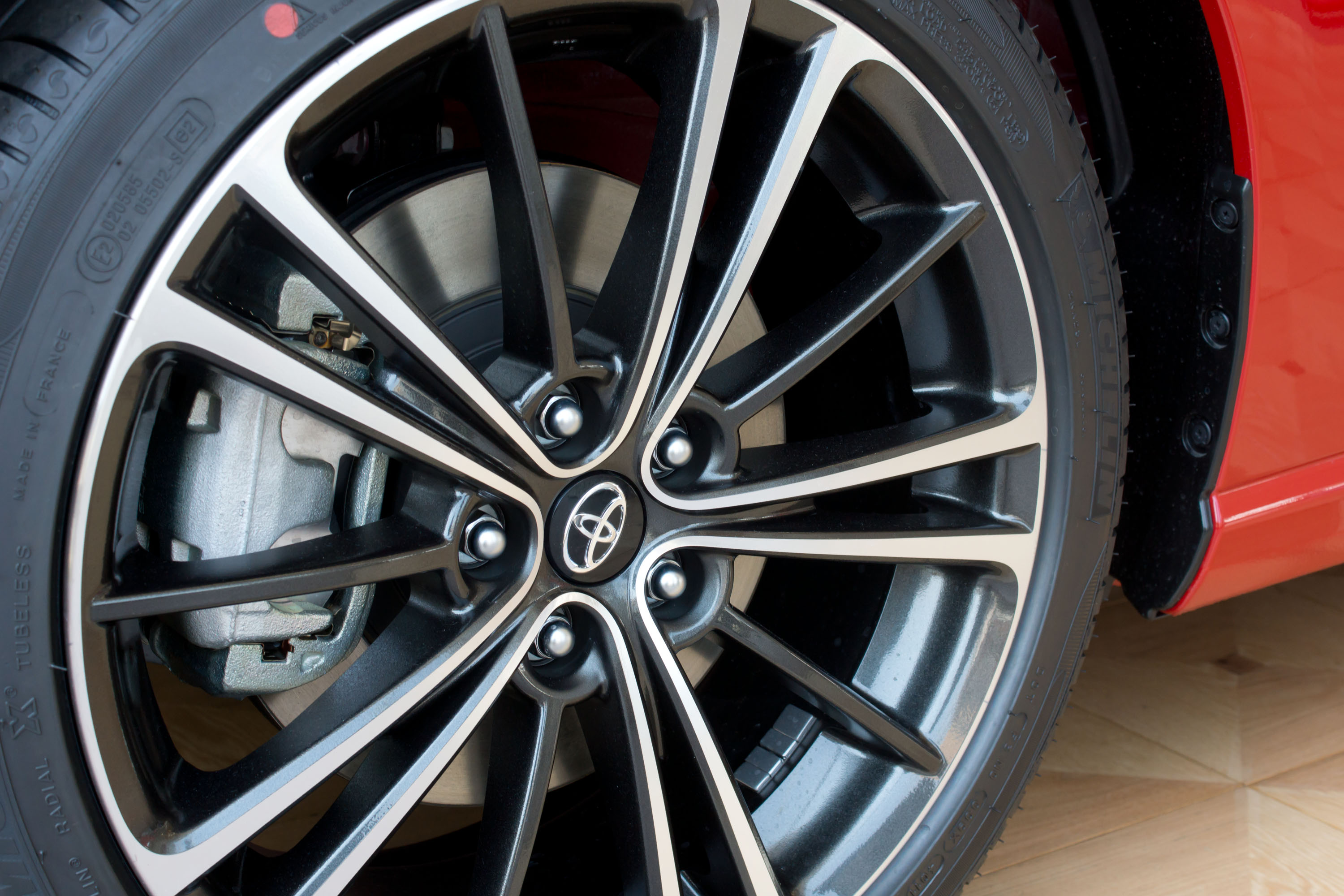Your car is a big investment. Not only do vehicles cost a lot of money these days, you depend on yours for transportation. It’s silly to let a thing like neglecting car maintenance throw your life into chaos, which is why it’s best to engage in some active prevention.
Even if you’re not mechanically inclined, you can follow these basic car maintenance tips. By taking charge of this area and not just depending on your mechanic to manage it, you’ll see additional savings, allowing you to spend that cash on other things. They also don’t require that much time, and once you’re in the habit they’ll be just a part of regular life.
Car Maintenance
Tires
Most people just plain forget about their tires, even though they’re arguably the most important safety item on a vehicle. If you take proper  care of them, tires should last a fairly long time. If you don’t, you’ll go through tires quickly. Considering how expensive constantly changing out tires can be, this should be on everyone’s car maintenance checklist.
care of them, tires should last a fairly long time. If you don’t, you’ll go through tires quickly. Considering how expensive constantly changing out tires can be, this should be on everyone’s car maintenance checklist.
Driving around with tires that are underinflated will lead to faster and more uneven wear. Once any part of a tire’s tread is worn far enough, you must replace the whole tire or risk losing traction or a blowout. Either scenario can trigger a horrible wreck, so this is something to be taken seriously. Most modern vehicles have a low tire pressure warning light in the dash. Once that turns on, go to a gas station and use a gauge to tell how low the tires are, then refill them with air. It’s a simple thing that takes only a few minutes.
You should also have your tires rotated and balanced regularly. This also helps prevent uneven wear, making your investment last longer.
Fluids
The different fluids in your car are designed to prevent serious problems down the road, making them an incredibly cheap maintenance item.
You should be checking your car’s fluids no less than once a month. If your car is older, or if you notice drips on the ground where it’s been parked, checking more often is recommended. A great time to look over the fluid levels is when you go to a gas station. While the car’s filling up, pop the hood and check everything. If you find that one of the fluids is low, refill it to the recommended level as soon as possible.
Oil Changes
One automotive fluid is especially critical to running your car without major problems: oil. There are a lot of myths floating around about when the oil should be changed. Thanks to major advances in technology, it’s no longer necessary to get a lube job every 3,000 miles.
Different vehicles can go different distances between oil changes, so the best thing to do is to check the owner’s manual for the  manufacturer’s recommendations. While you’re at it, stick with the type of oil listed there, because that will provide the best protection possible.
manufacturer’s recommendations. While you’re at it, stick with the type of oil listed there, because that will provide the best protection possible.
Easy-to-Change Items
Some items are so easy to change out, just about anyone can do it themselves. They also wear out fairly frequently, meaning constant care is required. Chief among them are the wiper blades and engine air filter. When you notice that the wipers leave streaks on the windshield or back window, it’s time to swap out the blades. With the air filter, you should check it periodically. Once it looks dirty, change it out for a new one.
Schedule
You need to know your car maintenance schedule and follow it faithfully. Every automaker creates a schedule for specific models and includes it in the owner’s manual. It should have a set of items that must be addressed at certain time or mileage intervals. Since the company that made the car knows when different items could wear out or might need replacing, this is an excellent guide to follow.
Some people are knowledgeable enough they can do at least some of the maintenance schedule themselves. If that’s not you, there’s no shame in taking your vehicle to a professional shop and having the items addressed that way. It’s better to do that than to neglect your ride and then deal with bigger, more expensive problems in the future.










Leave a Reply
You must be logged in to post a comment.